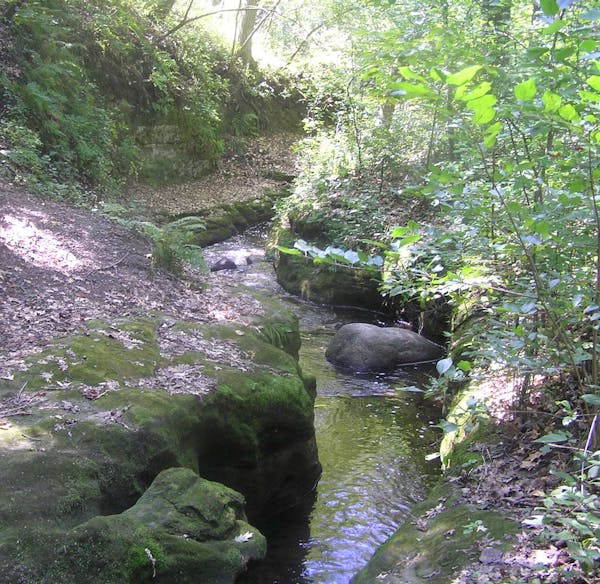Spring and early summer are seasons of renewal for animals residing in our woods, fields and waters. Wild parents, both furred and feathered, are now actively feeding and caring for their new families, or they will be in coming days.
Whitetail does will soon be nursing growing fawns. In a hollow tree deep in a shadowy oak forest, young gray squirrels are discovering life beyond the confines of their den. Baby wood ducks — yellow and black balls of fuzz — are leaping from nesting cavities. Robins with beaks full of angle worms make repeat visits to their well-built nests (made of grass and mud) in an ongoing attempt to satisfy hungry offspring.
Some parents and young are highly visible, such as the loon pair that loafs with their downy chicks on a calm lake. Other creatures raise their young in seclusion. Most ducklings, for instance, are masters of camouflage. They scurry for cover the instant their alert mother detects danger and sends them the signal.
Cottontail rabbits usually nest in a slight hollow hidden among leaf litter on the forest floor. The well-camouflaged newborn rabbit will continue to rely upon its mother's milk for three weeks or more. After nursing her young, the female rabbit covers them with duff and then hops off, only to return later for another feeding.
Wild babies are so irresistible, we are sometimes tempted to bring them home. We might assume they have been abandoned if we encounter the babies alone. However, it is always best to leave them undisturbed. A parent or parents are usually nearby.
NFL draft attendees down for 3rd straight year. J.J. McCarthy among those who didn't go to Detroit
USA Track & Field expands its maternity policy to give athletes more time to work their way back

